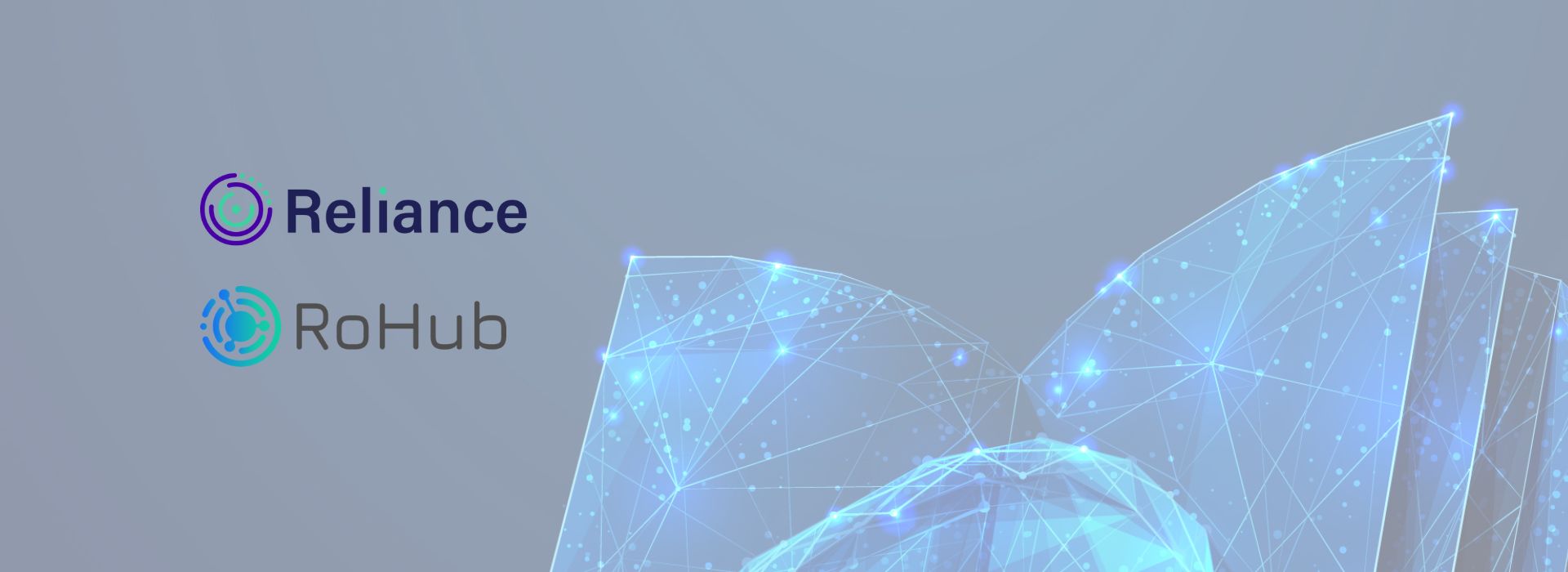
Overview
ROHub is a research-enabling service in EOSC supporting scientists in the adoption of FAIR and Open Science principles. It provides a holistic solution for the storage, lifecycle management and preservation of scientific investigations, experiments and operational processes via research objects (ROs) that aggregate and describe all the associated resources with rich user and machine-readable metadata. Resources can be of any type, e.g., datasets, computational methods, publications, etc. and they can be internal or external to the system as long as they can be accessed via some URL. For the internal resources, ROHub provides now the possibility of using the user’s B2DROP as its personal storage space to store these resources, managed transparently by ROHub. This means that resources in the ROs are not only accessible via ROHub interfaces, but also via B2DROP interfaces, and any other EOSC service integrating it, such as EGI Notebooks, providing seamless access to these resources across multiple EOSC services. Additionally, ROHub allows the publication of research object snapshots/releases in B2SHARE to enhance their discoverability and reuse by other communities in B2SHARE.
The Scientific Challenge
Researchers and data managers consume/generate multiple resources during the research lifecycle. These resources are in many cases scattered and, in some cases, not easily shareable (e.g., locally stored, local/organizational repositories), or too large to keep them locally, e.g., EO datasets and products.
On the other hand, research communities are interested in being able to find resources so that they can build on existing results to speed up science production and avoid reinventing the wheel. This includes also finding out information about the resource provenance and its relations with other resources, e.g., how the dataset was generated, which software was used to produce it, which Research Infrastructure was used to produce it, which was the raw data source for a dataset product, etc. Having all that information accessible via a single entry point would support not only the reuse of results but also the reproducibility of science and would also facilitate training and reduce learning curve of new members joining a research group.
Who benefits and how?
The main beneficiaries will be the researchers and data producers, who will be able to store their RO resources in their personal B2Drop storage space, and who will be able to access to the resources managed in ROhub directly via multiple EOSC services and interfaces. Additionally, they will benefit from having the possibility to enhance the discoverability of their research objects in other communities.
In particular:
- B2Drop provides a personal storage space to ROHub users to store their resources; ROHub manage transparently the resources in B2DROP on the users’ behalf.
- Resources in B2DROP are accessible not only via ROHub interfaces but also via B2DROP interfaces and other EOSC services integrating it, e.g., EGI Notebooks, providing a seamless access to the resources across different EOSC services.
- Resources in B2DROP managed by ROHub are connected to other resources via the encapsulating research object, which provide an integrated view over fragmented resources using PIDs and metadata.
- Resources in B2DROP are also findable via ROHub and other EOSC services, including in particular ESOC explore, which harvest information from ROHub in the EOSC Research Graph.
- During the generation of research object snapshots/releases in ROHub, the users have the possibility to publish them transparently also in B2SHARE, making them findable by other communities.
Technical Implementation
The integration of B2DROP in ROHub has been done in stages as follows:
- ROHub communicates with B2DROP via its WebDAV interface.
- ROHub communicates with B2SHARE via its REST API.
- ROHub’ users provide their B2DROP credentials (username and password) and B2SHARE credentials (access token) in their user profile page.
- Regarding B2DROP
- ROHub creates the folder “/RoHub/ros/” in the users’ B2DROP space when the first research object using B2DROP as storage is created in ROHub
- Each research object created with B2DROP as storage, creates a subfolder folder (with name equals to RO id) in the folder “/RoHub/ros/” in B2DROP
- Internal resources aggregated in a research object are stored transparently in the users’ B2DROP space by ROHub on the users’ behalf
- Folder structure in the research object is reflected in the research object folder in B2DROP
- From the ROHub users’ perspective, internal resources in B2DROP are displayed and can be used/shared in the same way as any other resource
- Changes in resources via ROHub (e.g., add resource, move resource in folder, delete resource) are reflected in B2DROP
- Changes in resources via B2DROP are reflected in ROHub (in progress)
- Regarding B2SHARE
- ROHub provides users the possibility to select B2SHARE as publication service during the generation of research objects snapshots/releases.
- ROHub creates a record in B2SHARE with a subset of the research object metadata, and uploads the research object as an RO-crate (zip file).
- B2SHARE record includes link to the original research object in ROHub, and ROHub includes link to the B2SHARE record.


